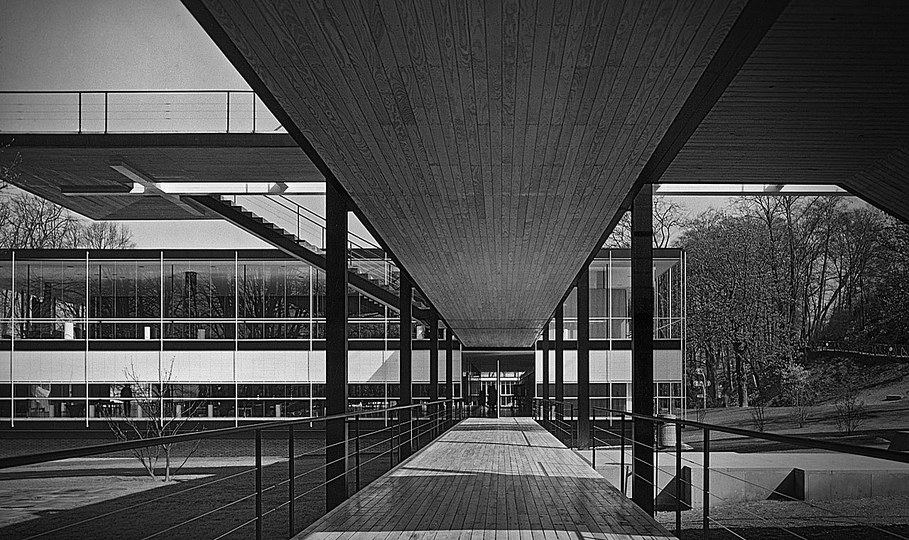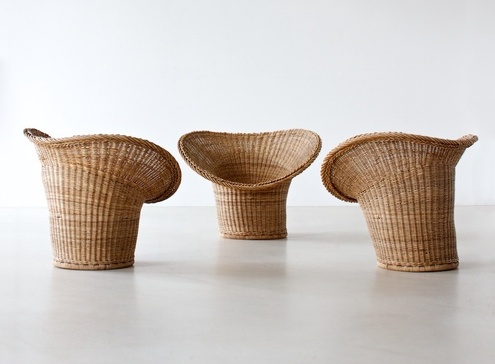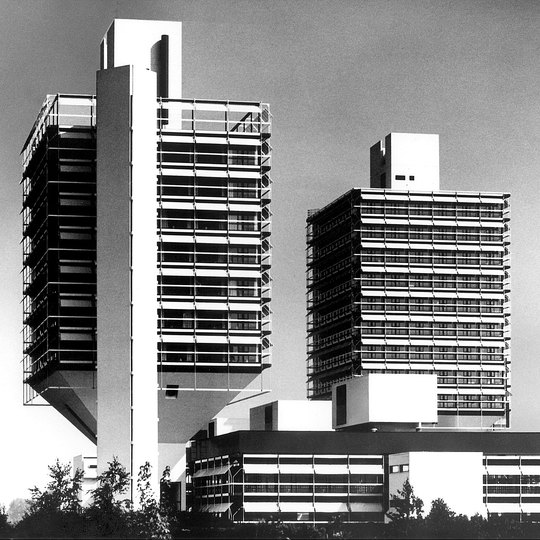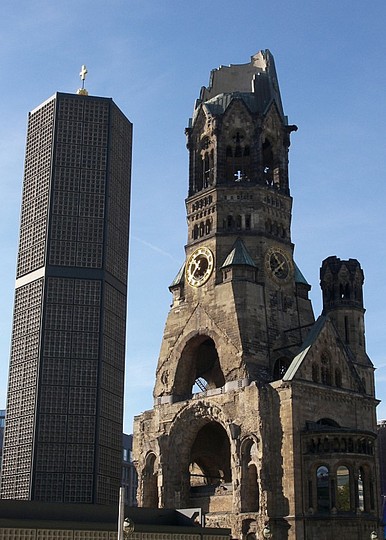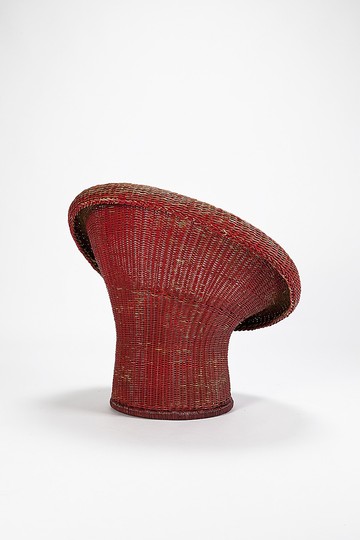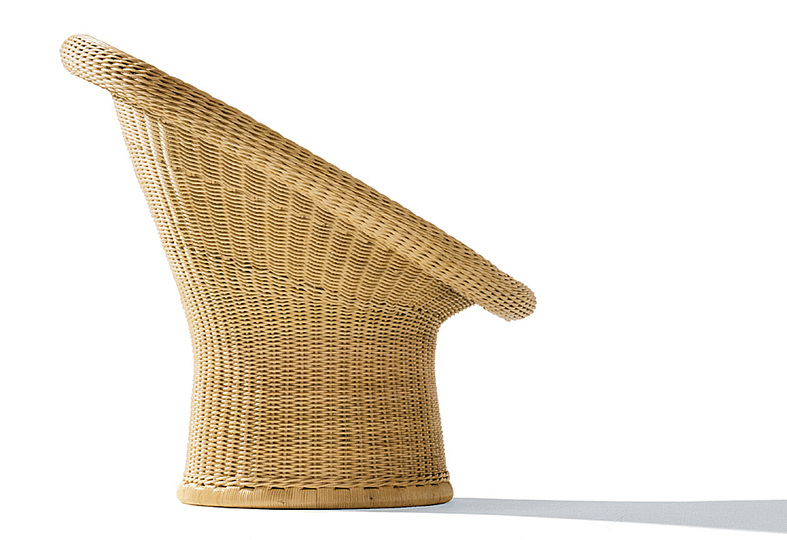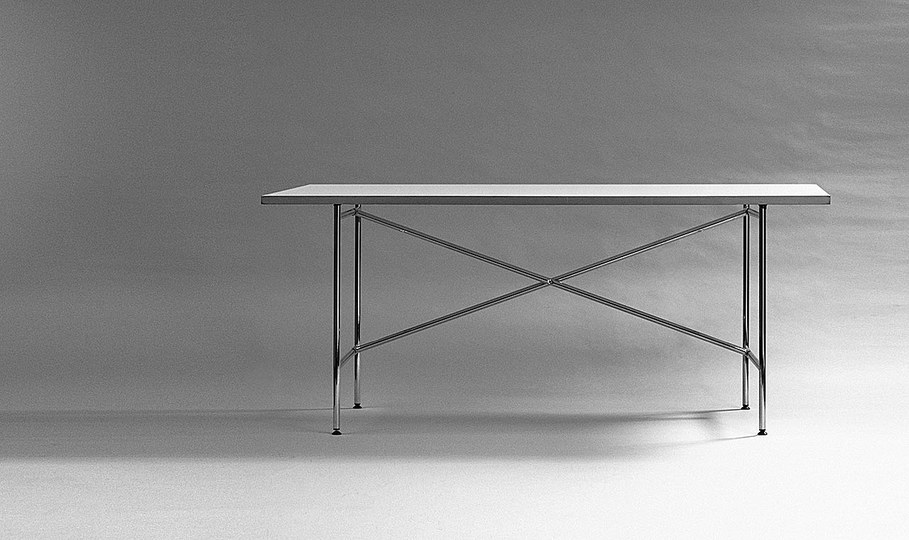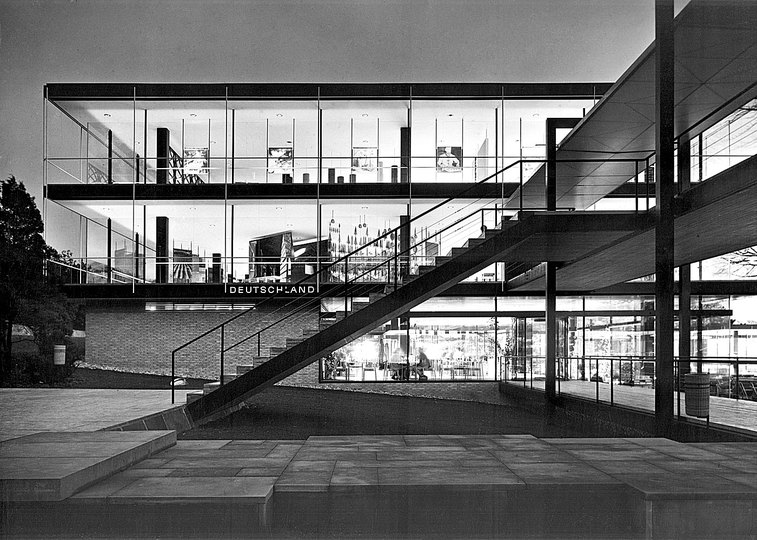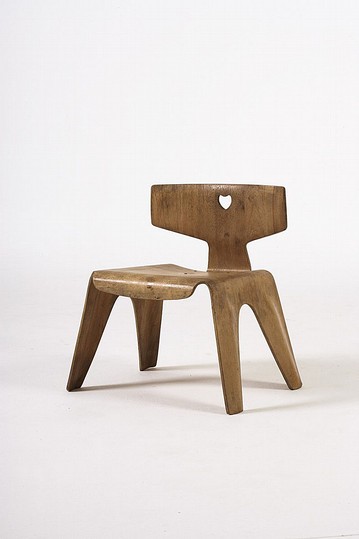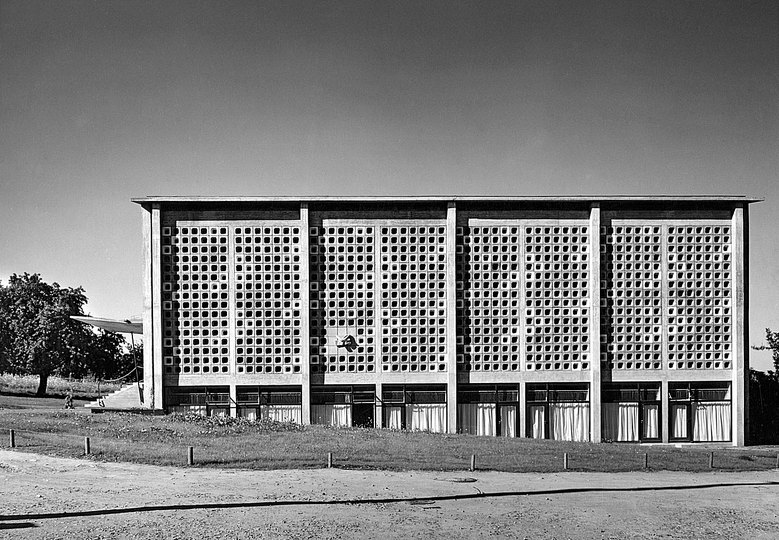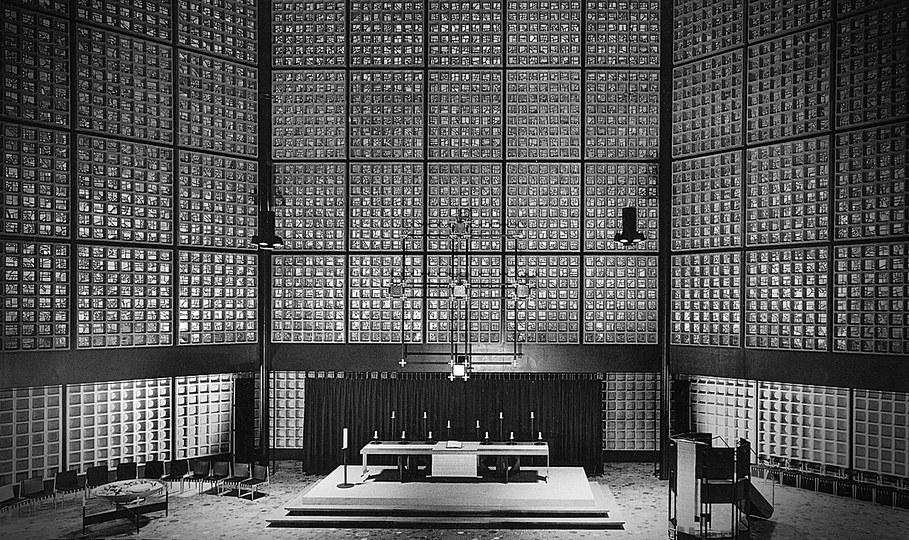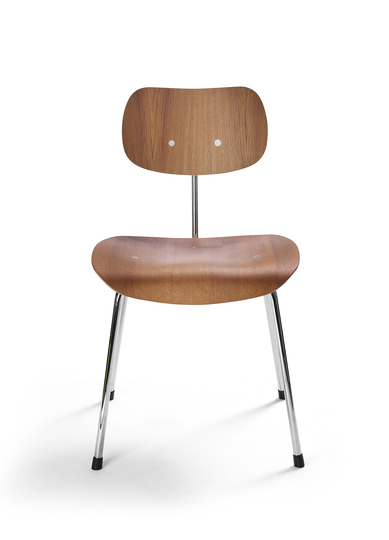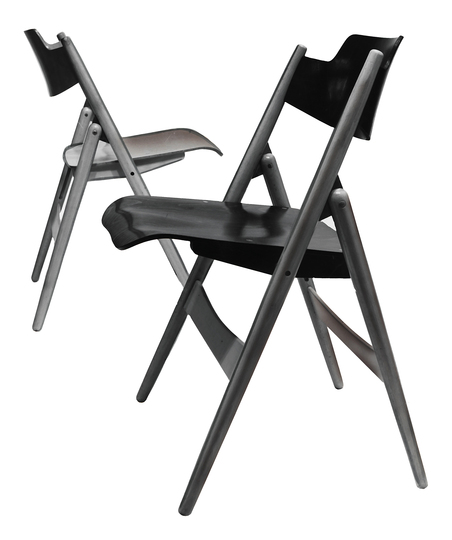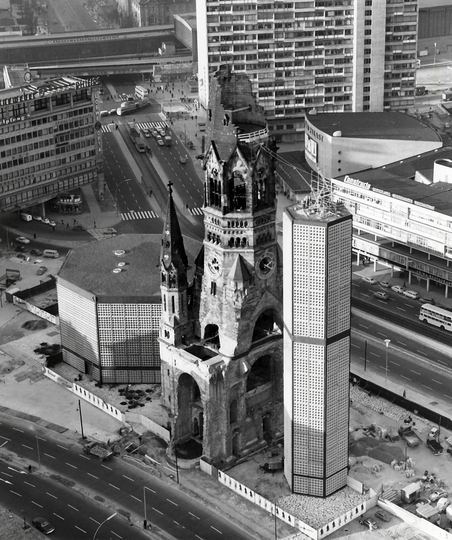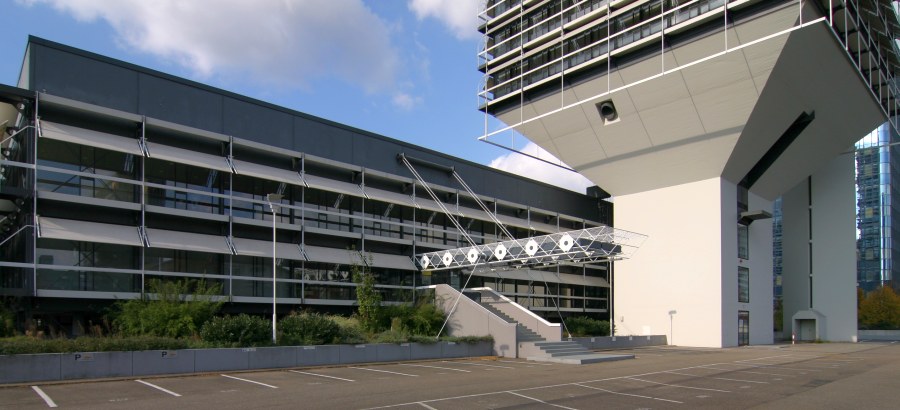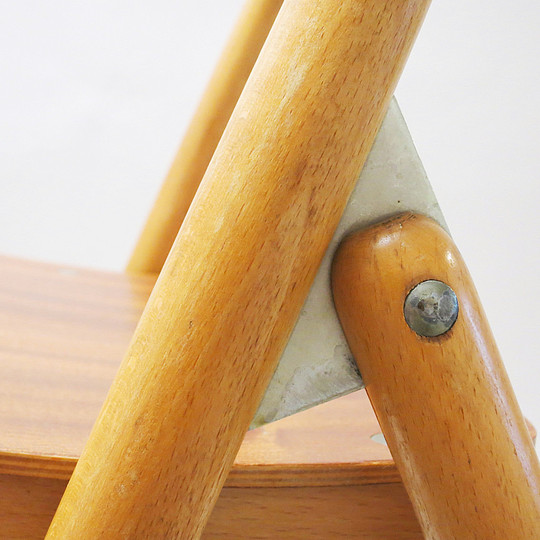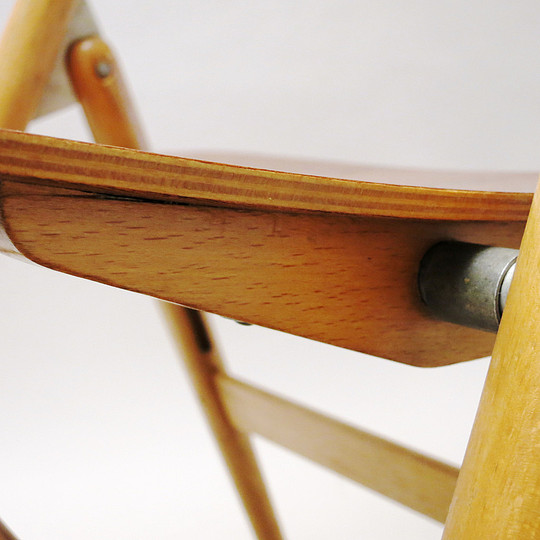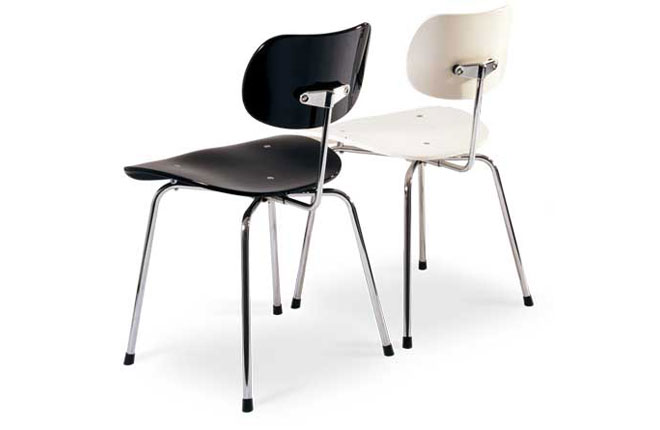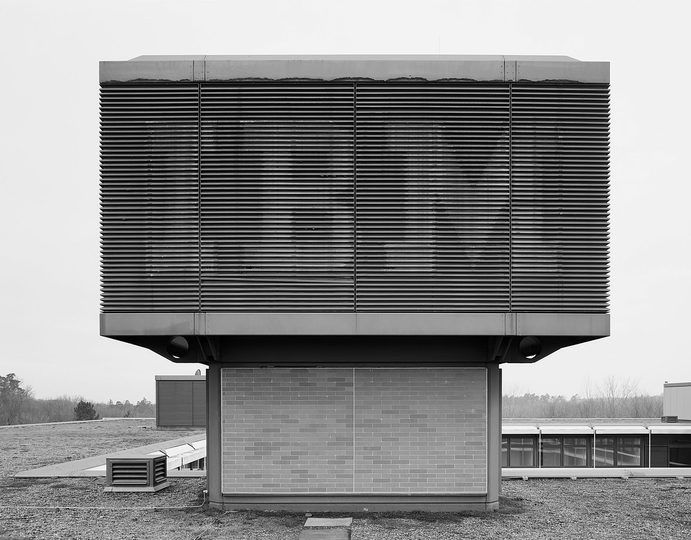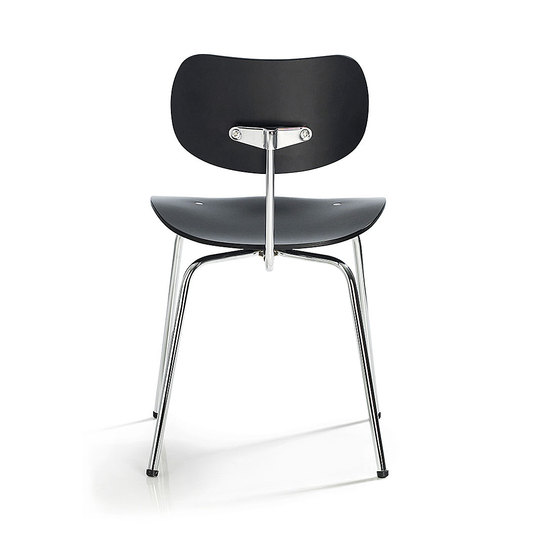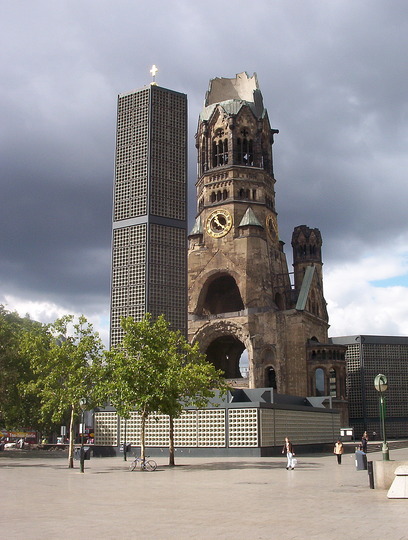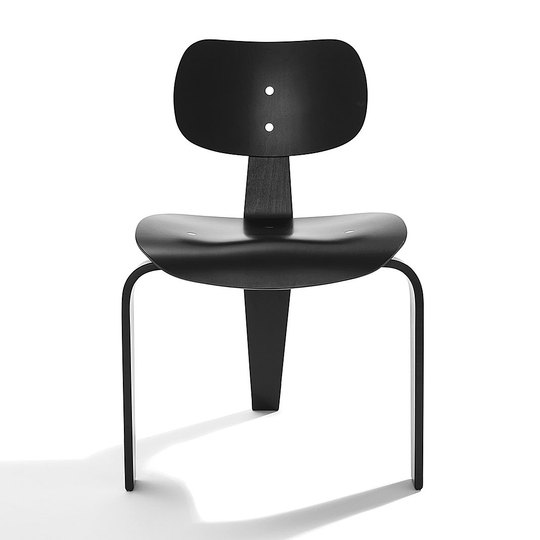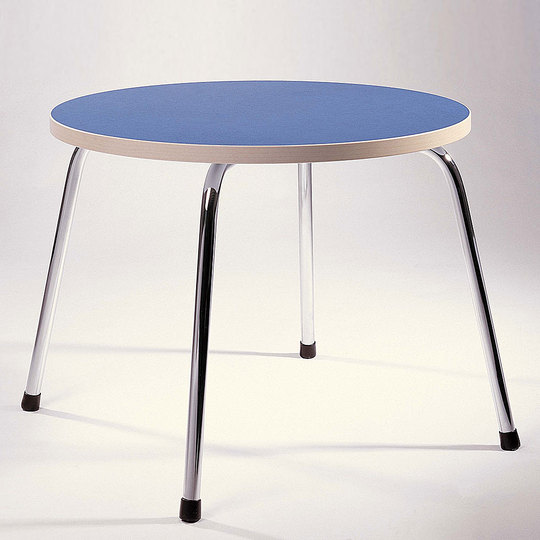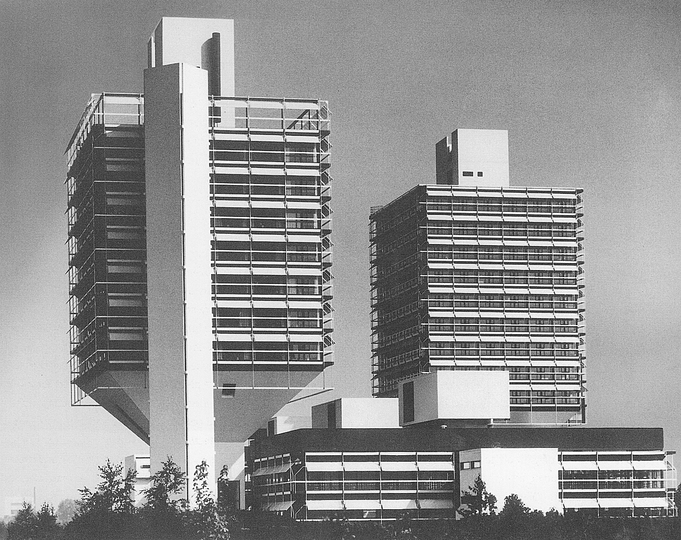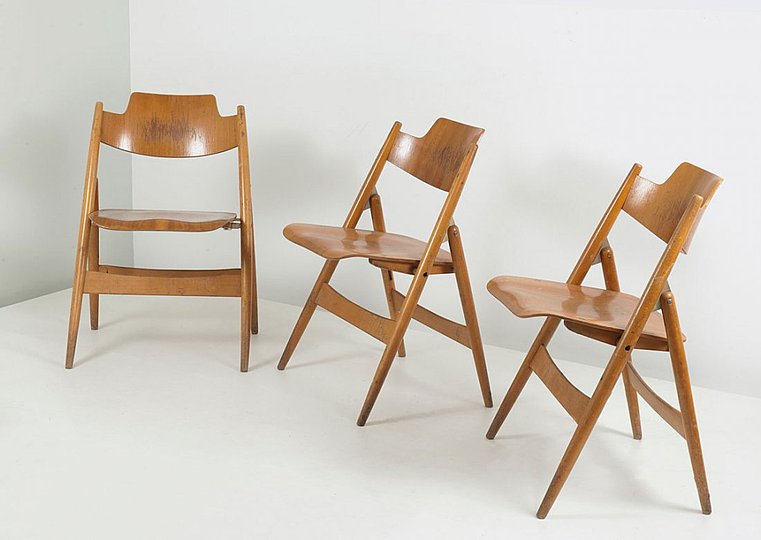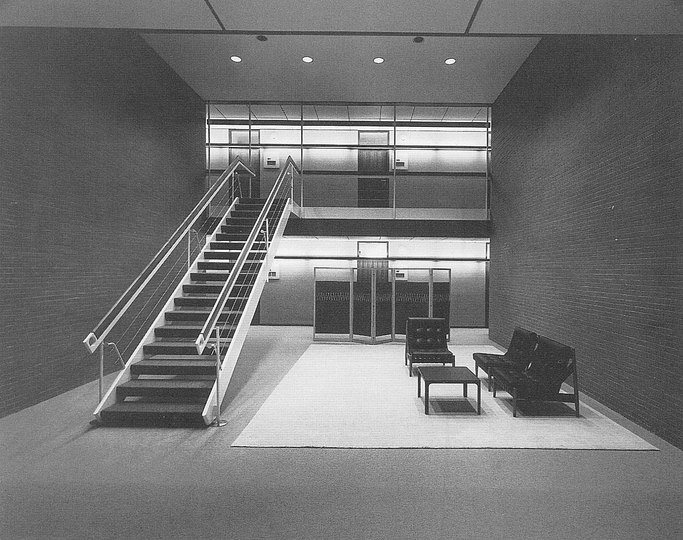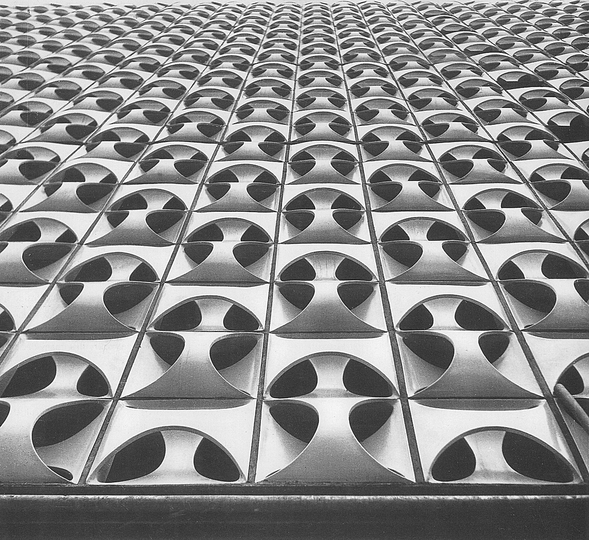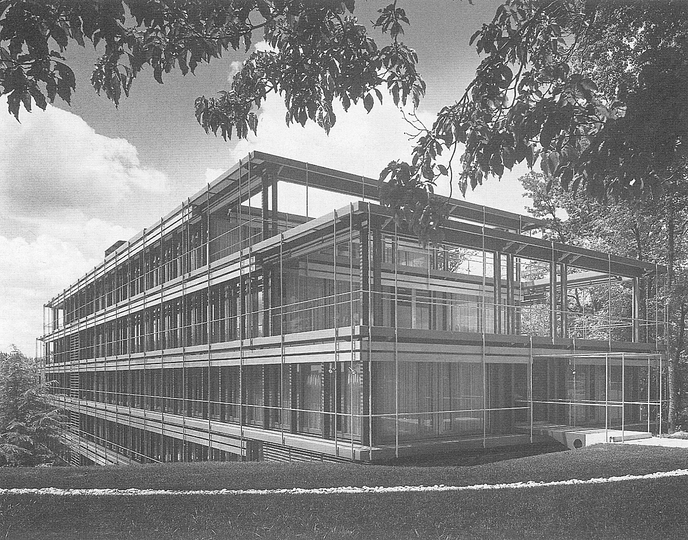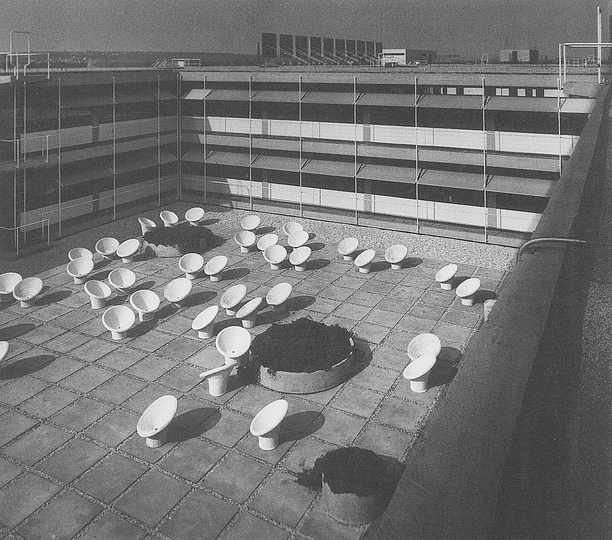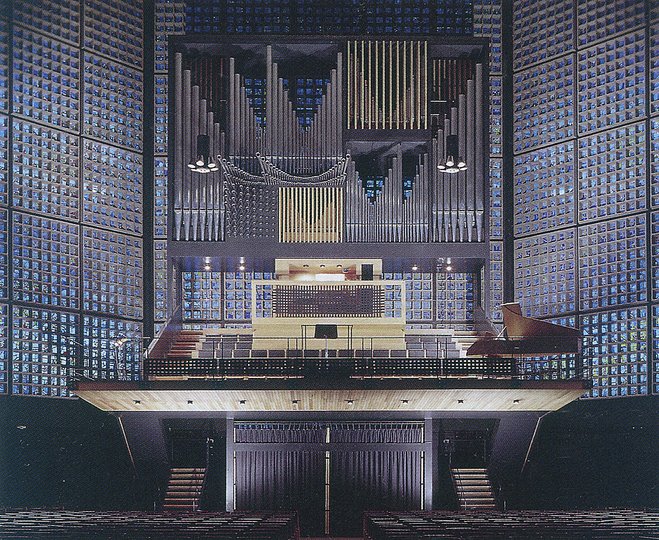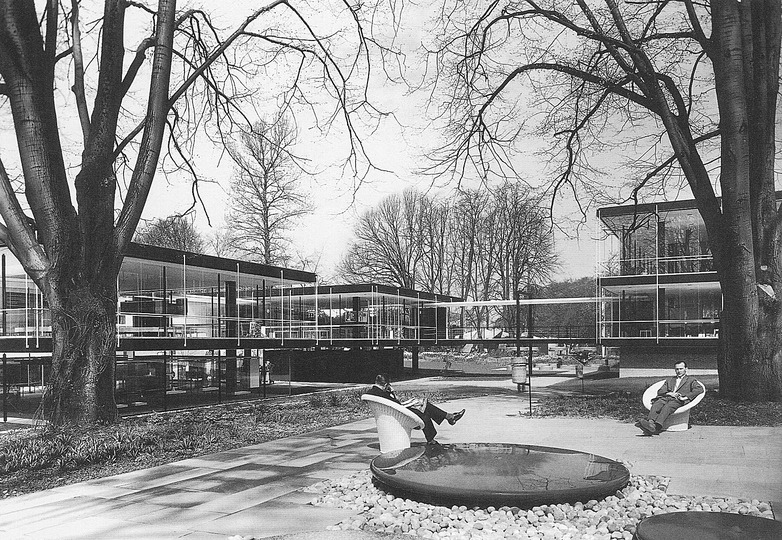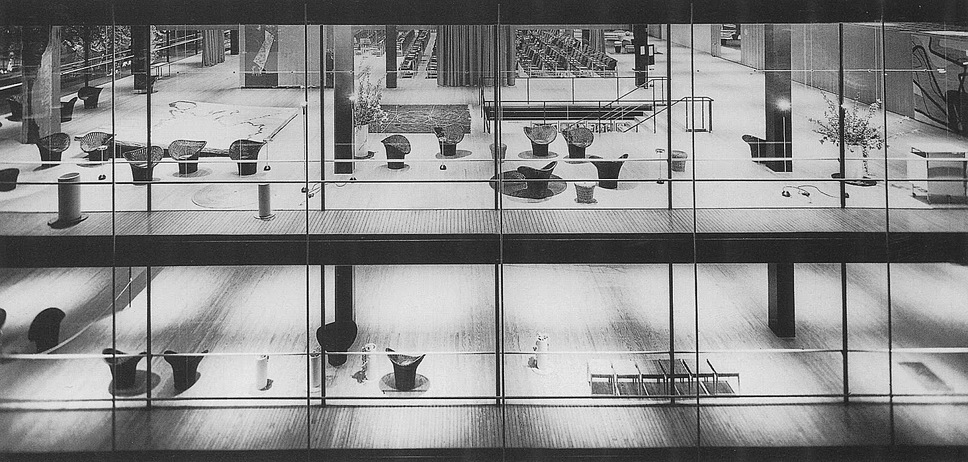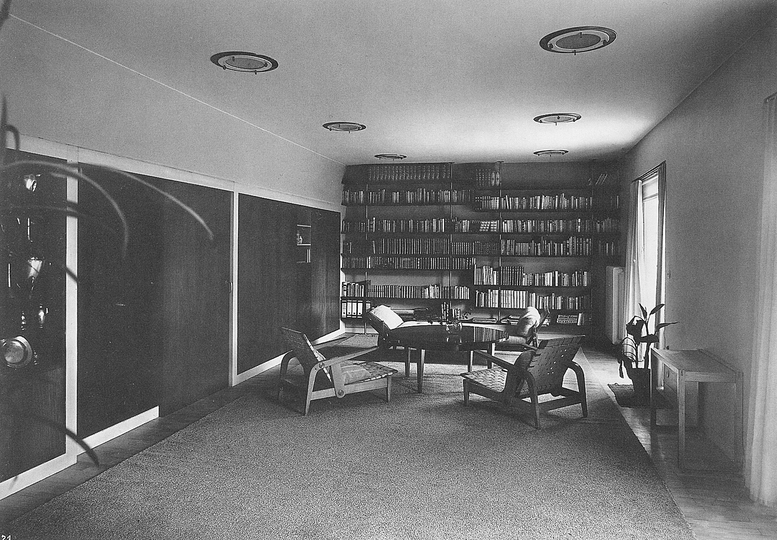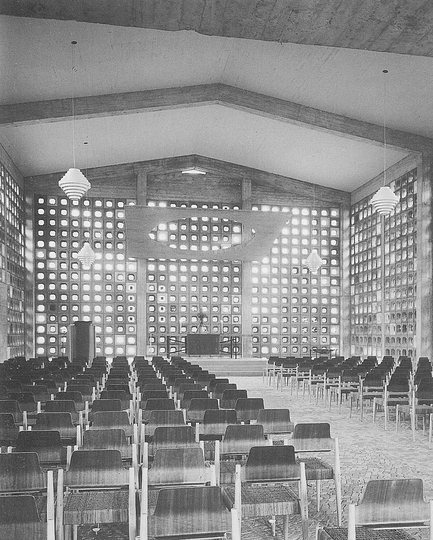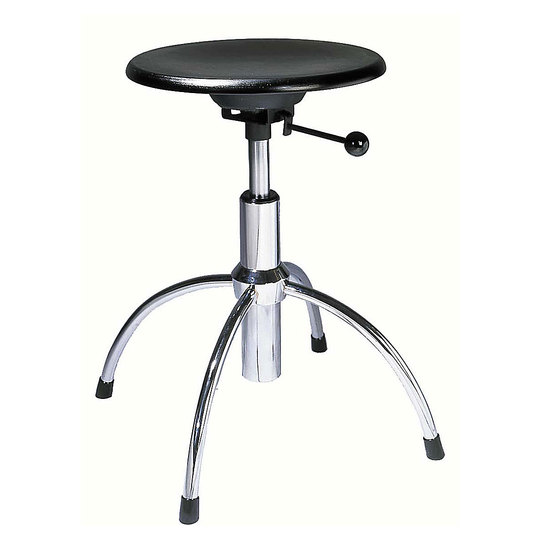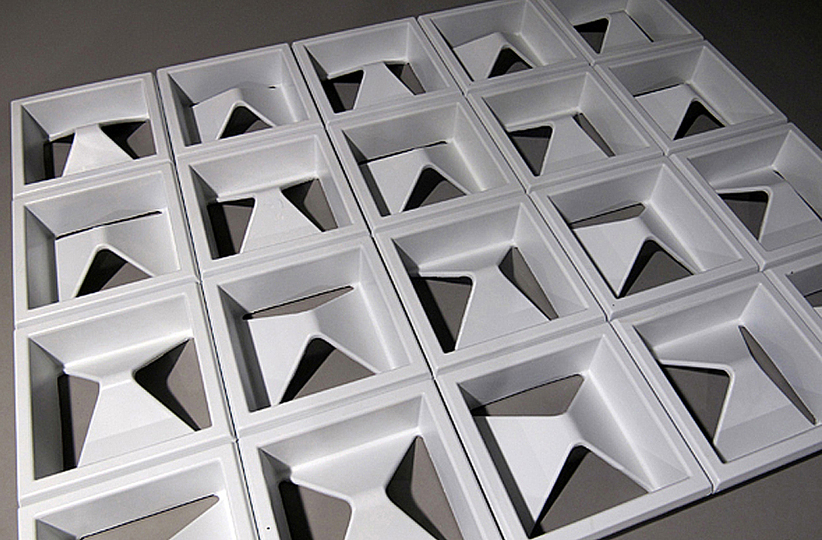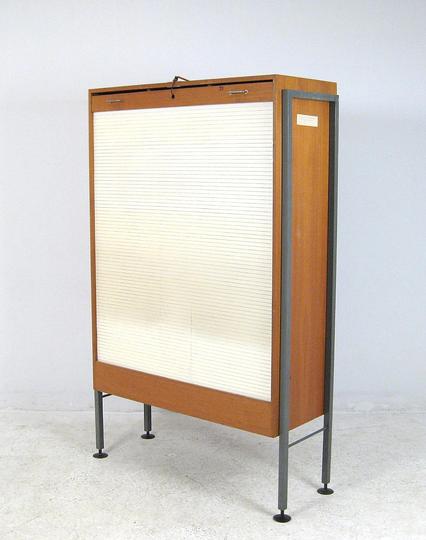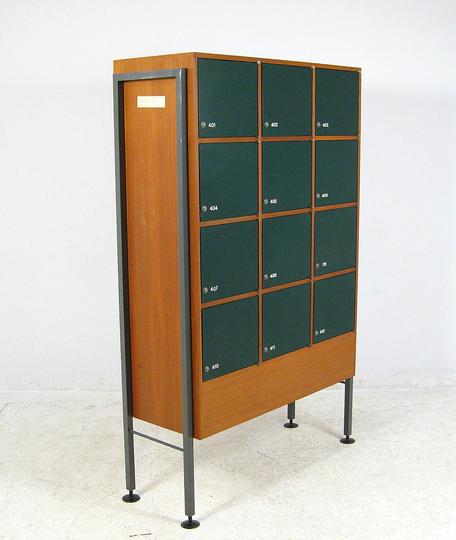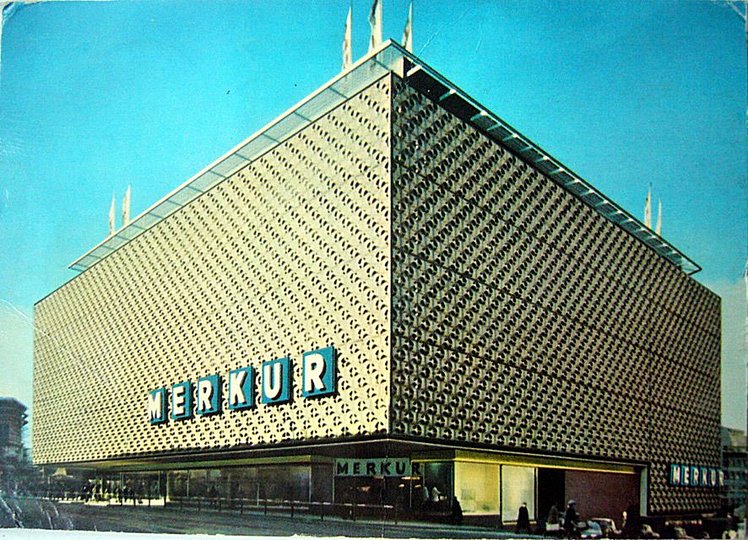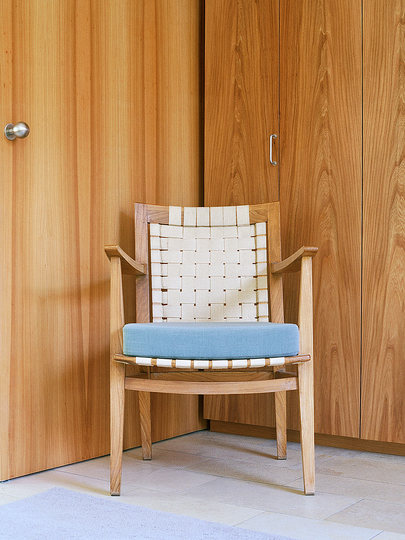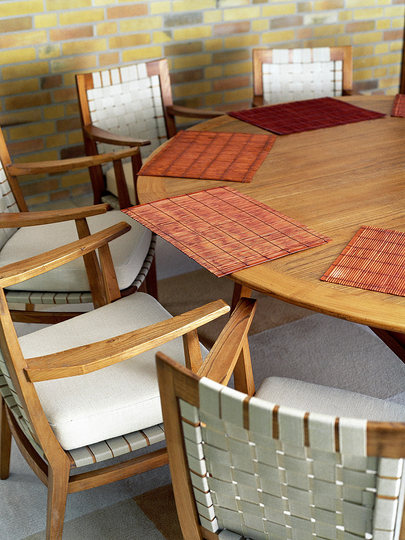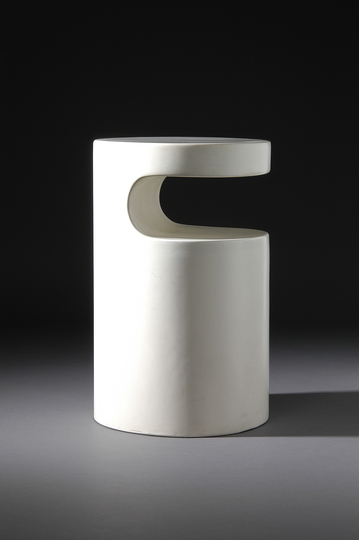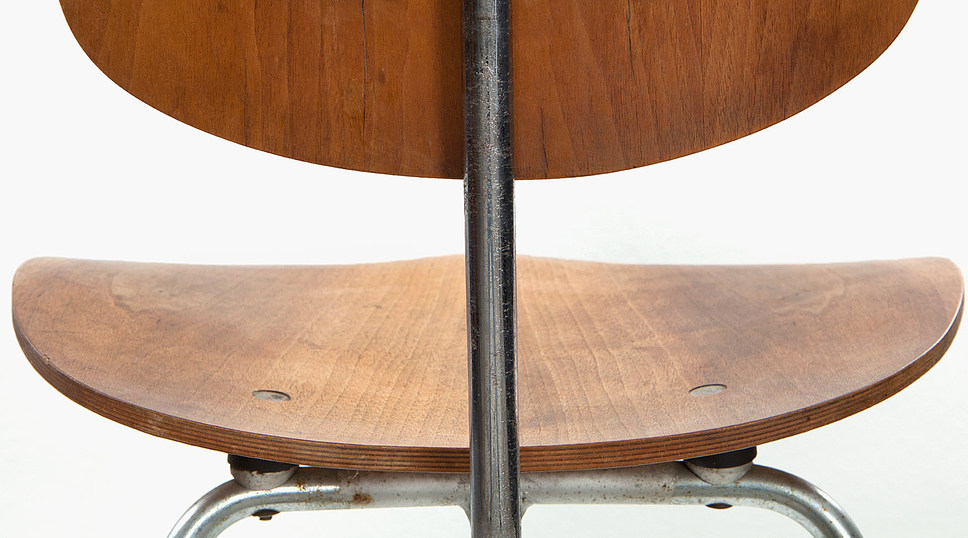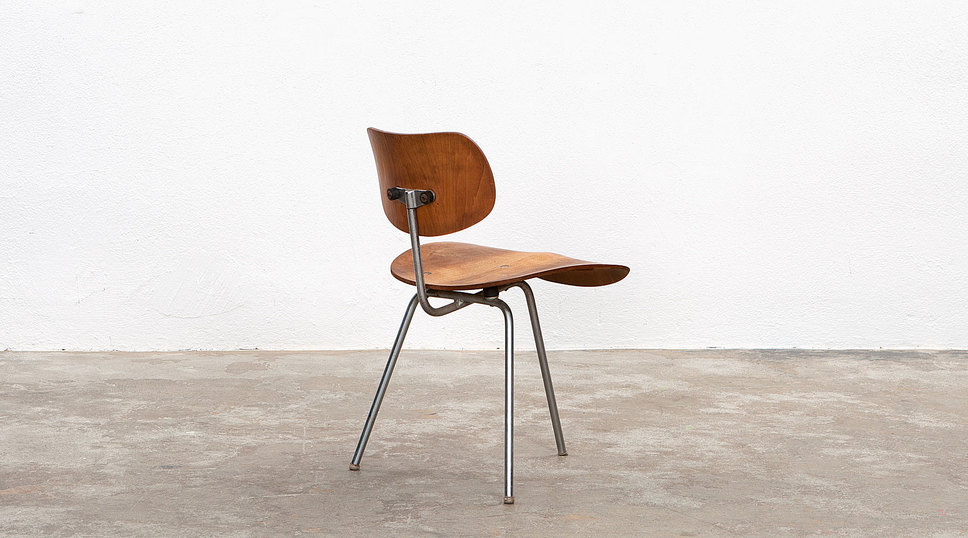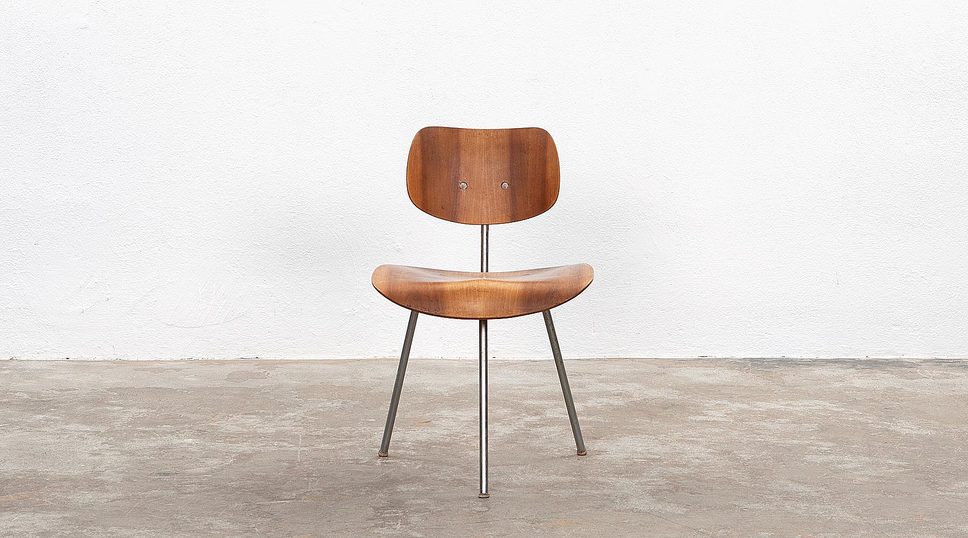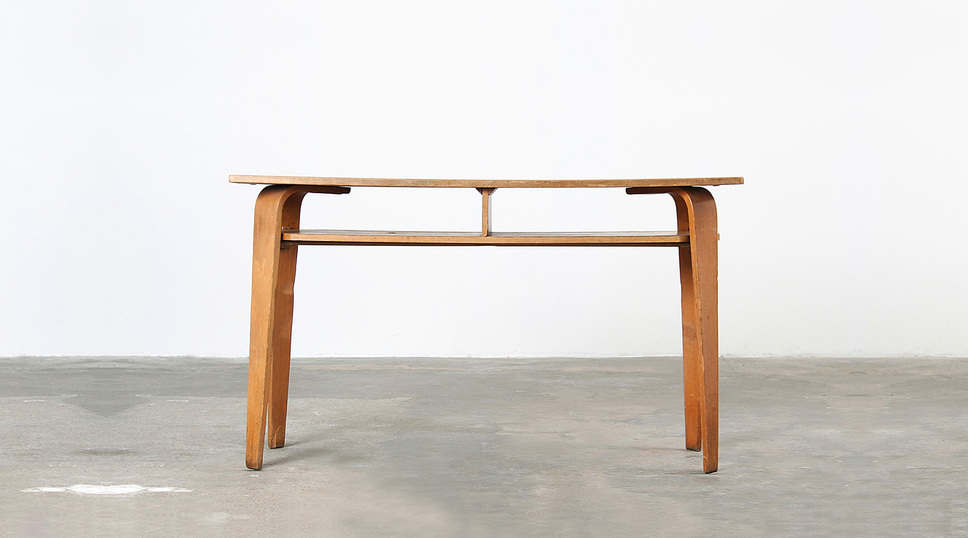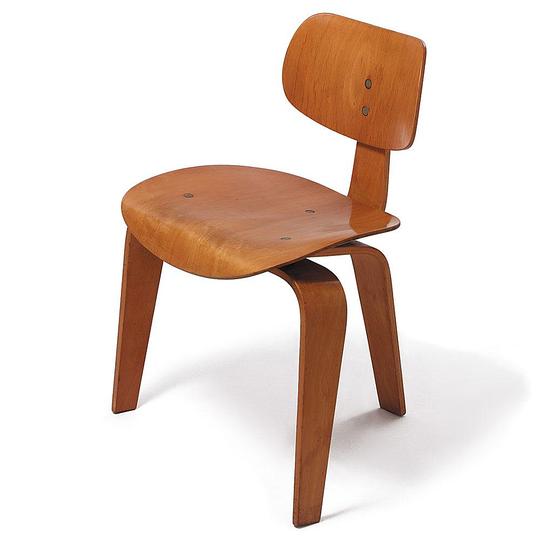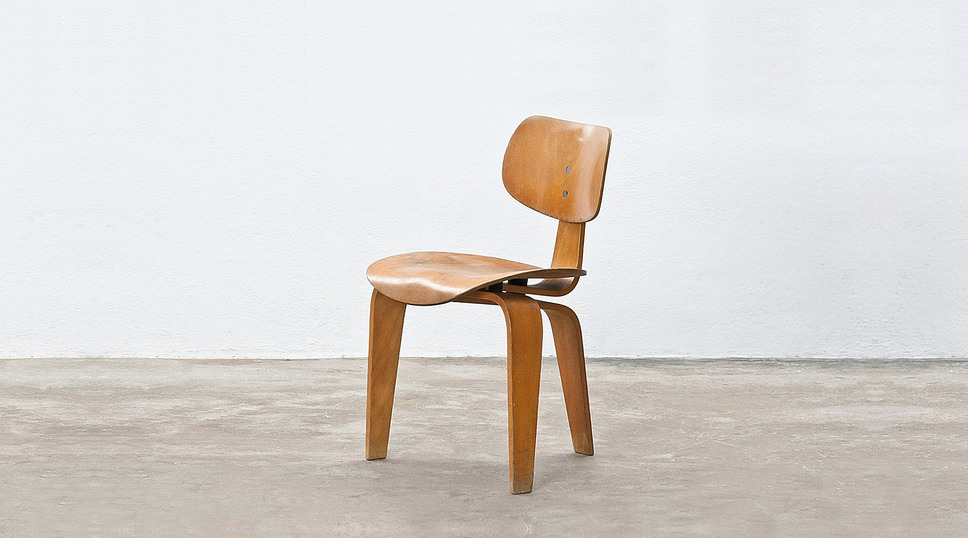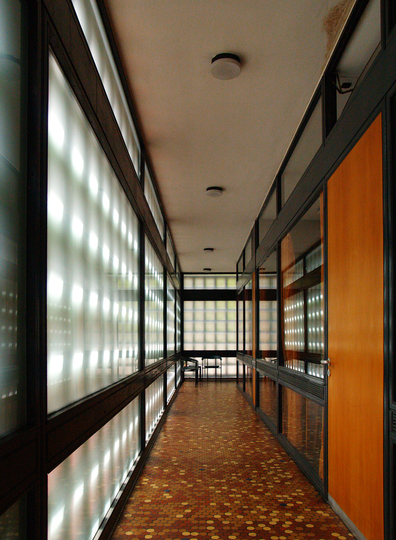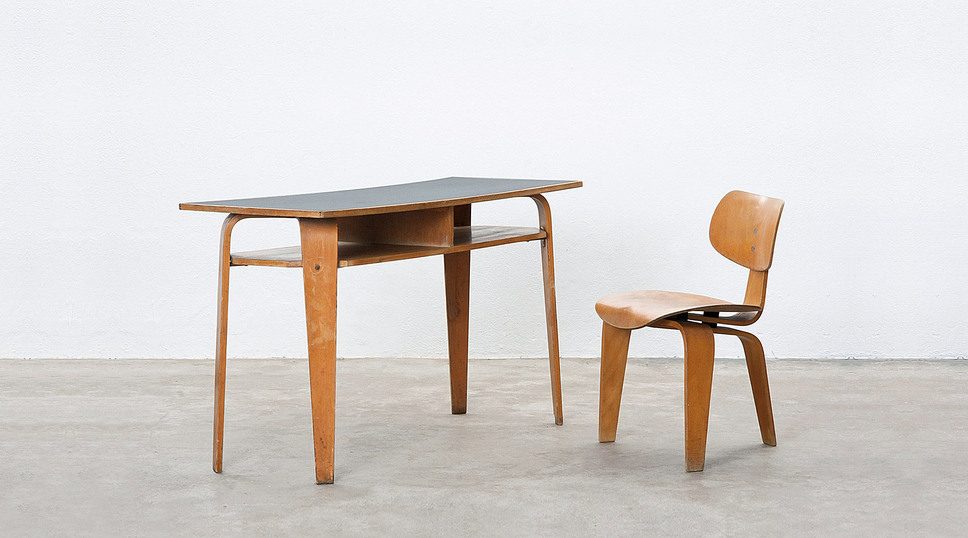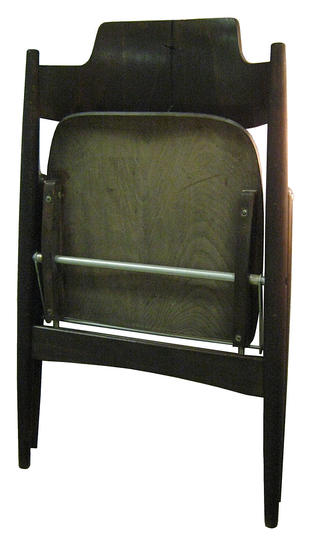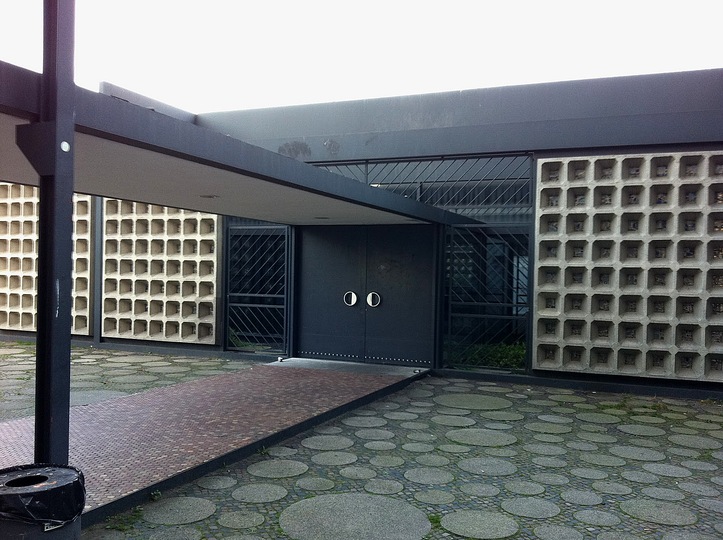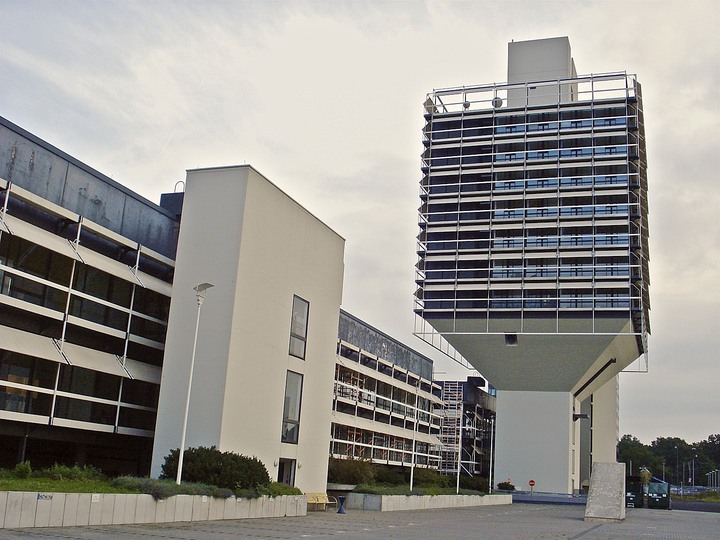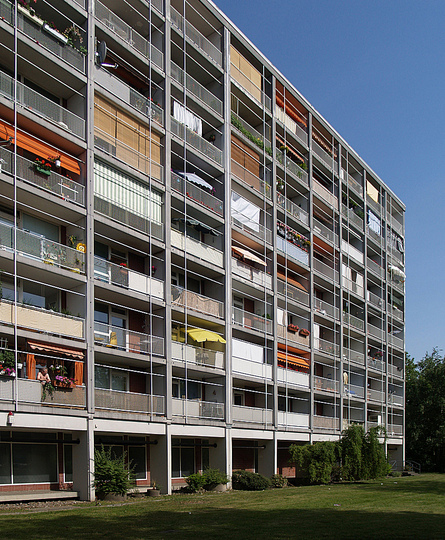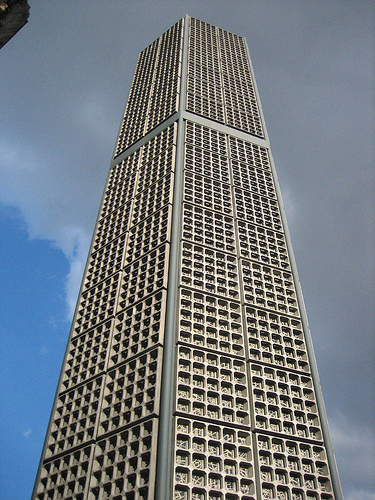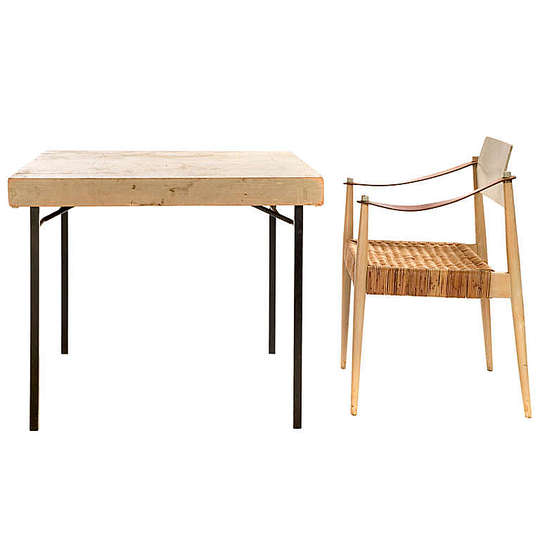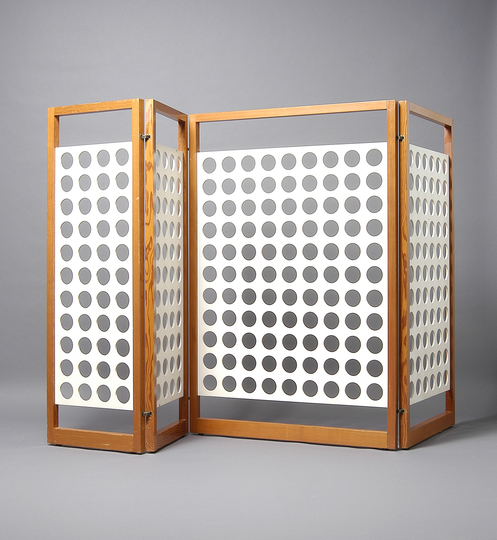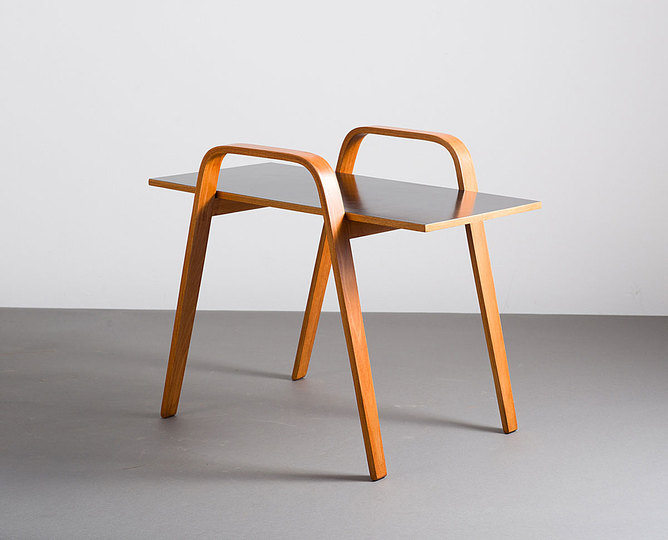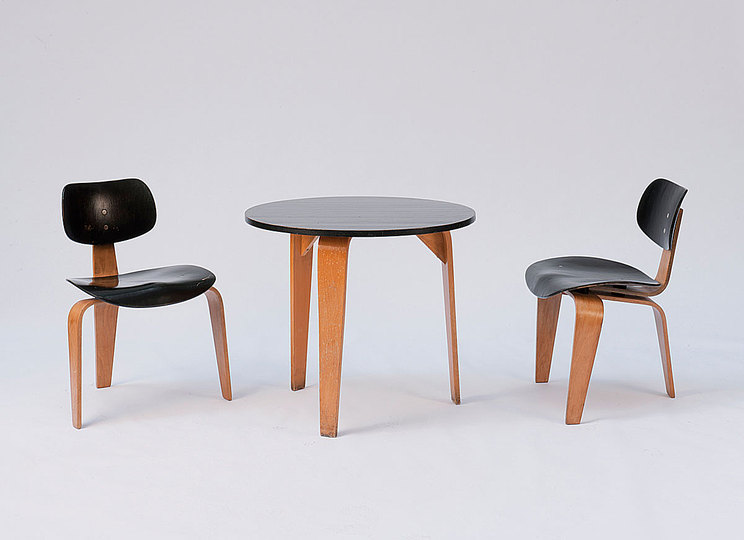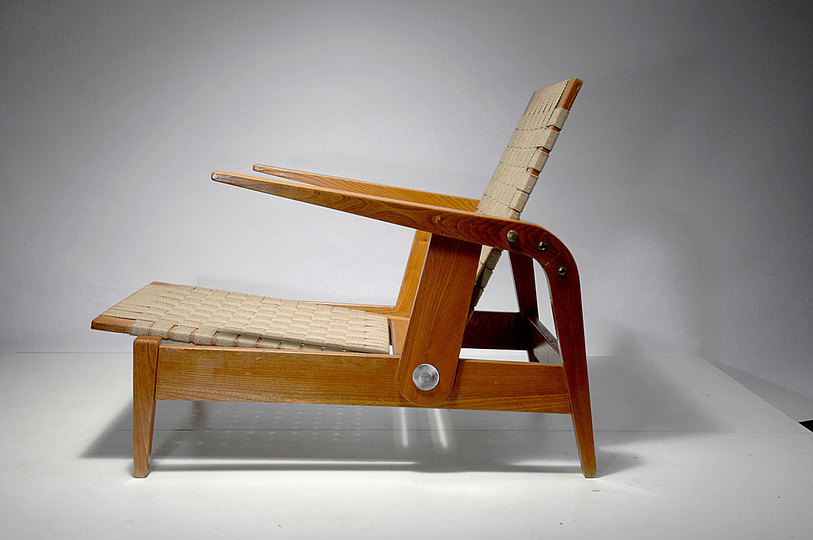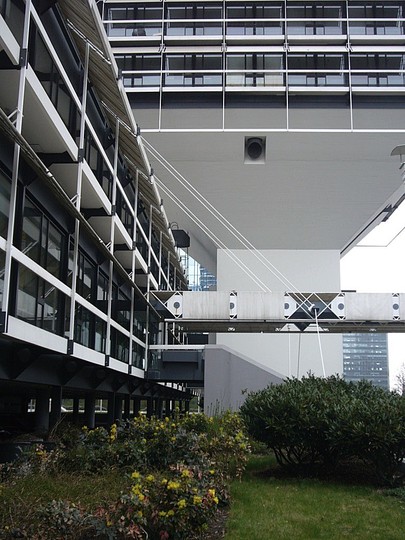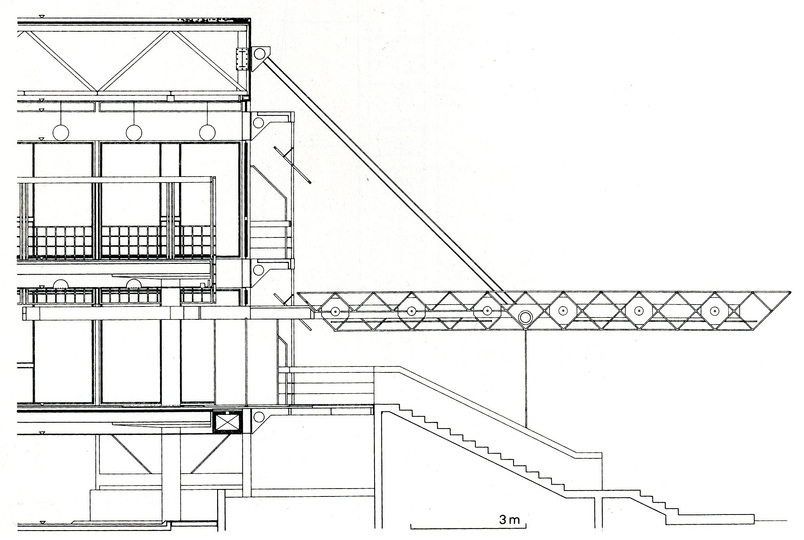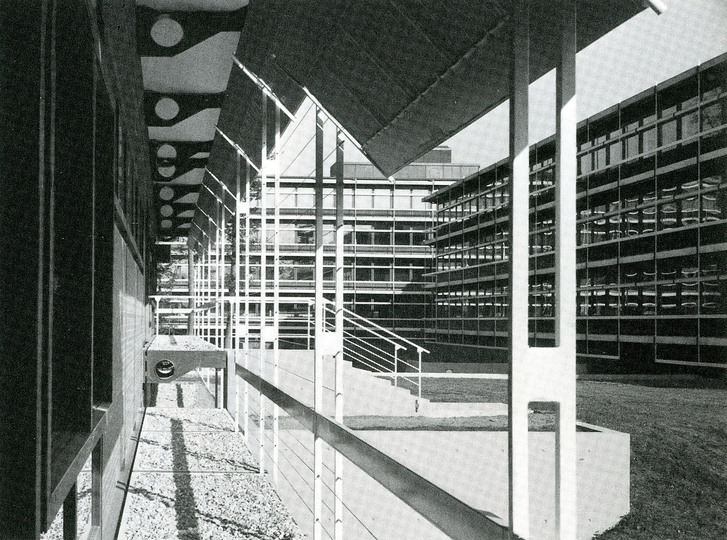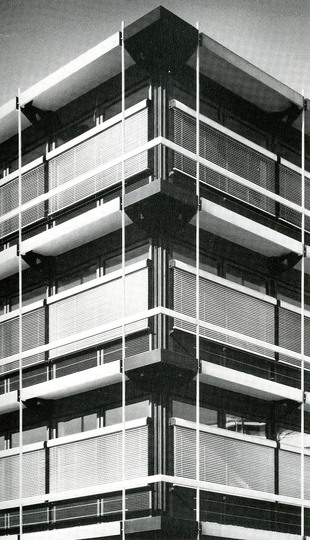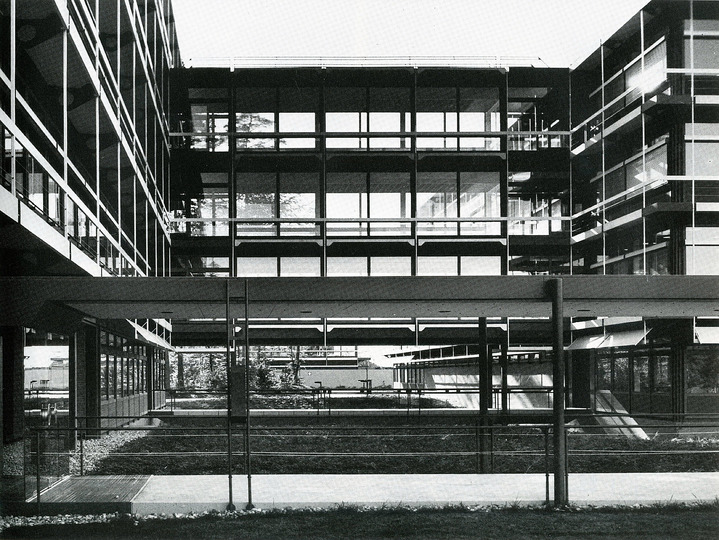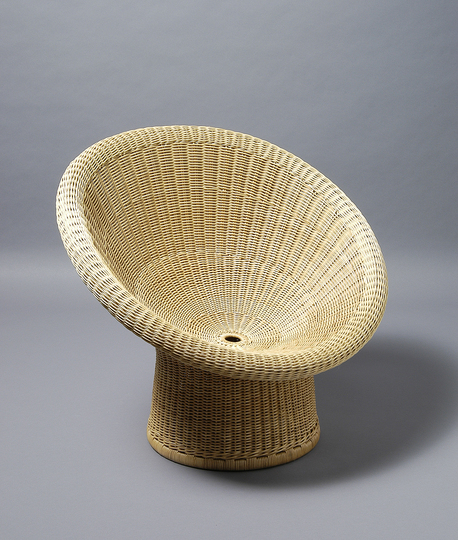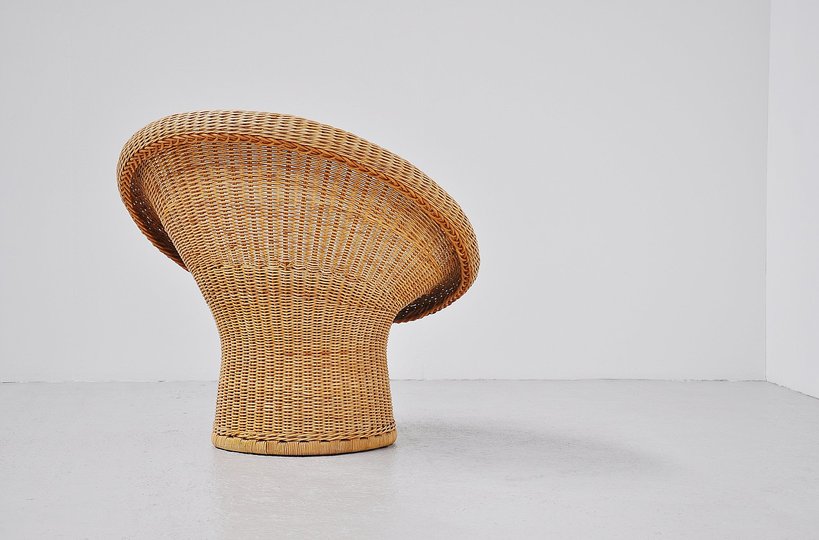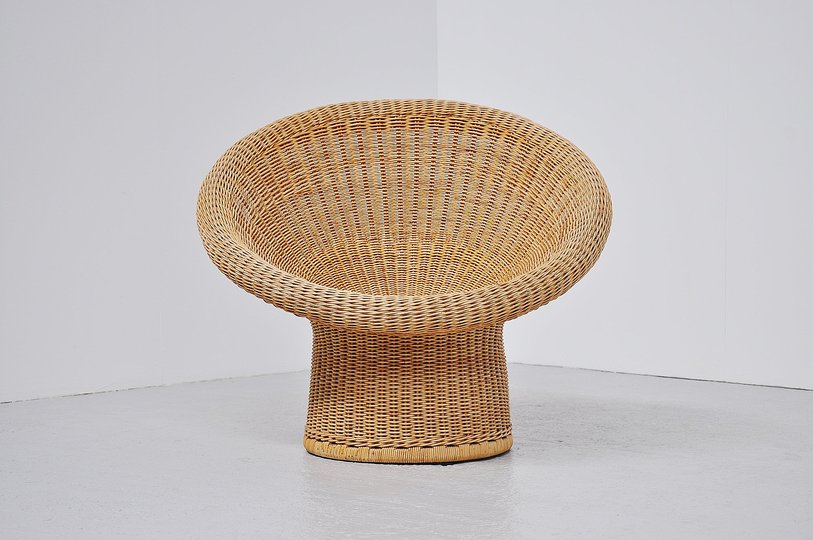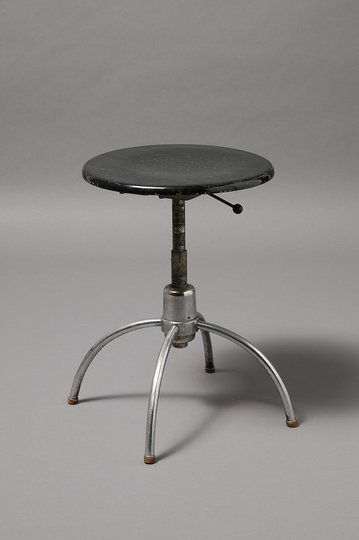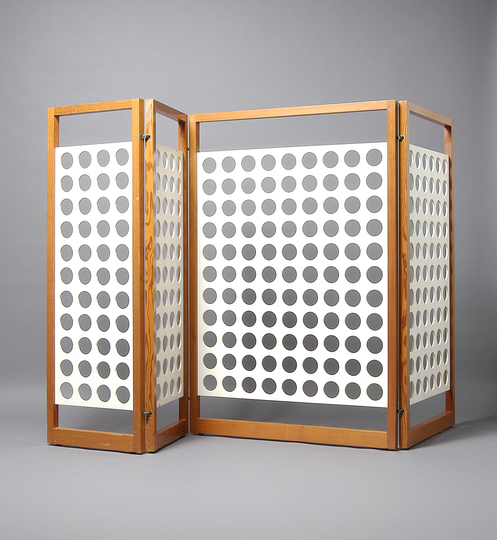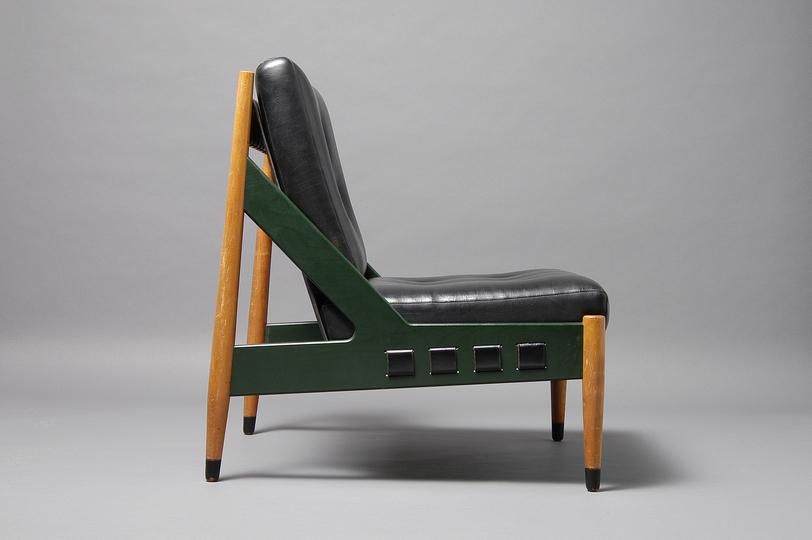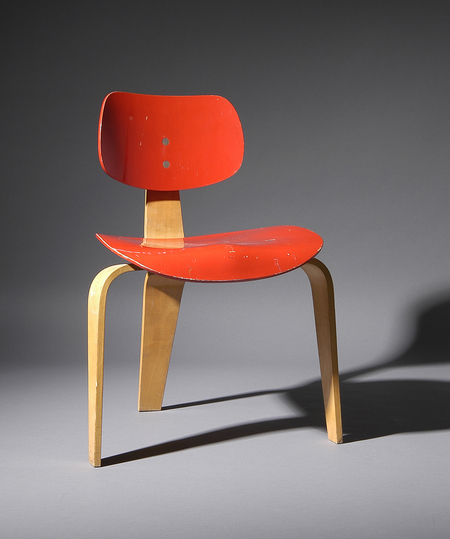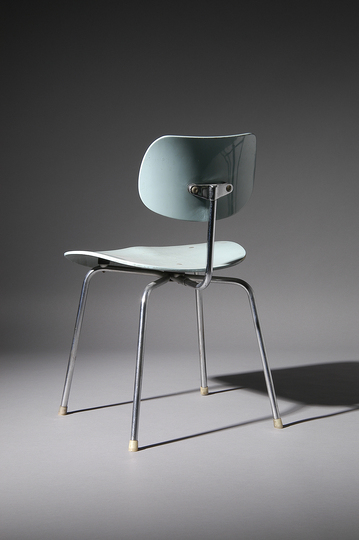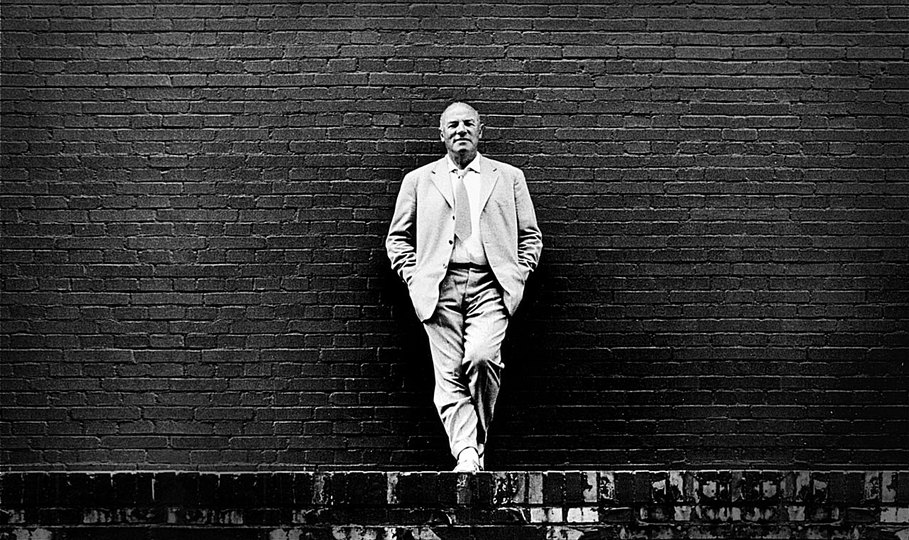Egon Eiermann: designing a new Germany
Founder: Swiss Mister
aprar elawad
Craig Pancotti
Everton J.O Smith
Helge Drafz
I Am An Architect
Ishihara Satomi 石原さとみ
Kaja
Marcelo Shanahan
michael etzel
michel malcotti
seon, na kyung
thannhazer
Thomas Ebner
Craig Pancotti
Everton J.O Smith
Helge Drafz
I Am An Architect
Ishihara Satomi 石原さとみ
Kaja
Marcelo Shanahan
michael etzel
michel malcotti
seon, na kyung
thannhazer
Thomas Ebner
Everton J.O Smith
Helge Drafz
I Am An Architect
Ishihara Satomi 石原さとみ
Kaja
Marcelo Shanahan
michael etzel
michel malcotti
seon, na kyung
thannhazer
Thomas Ebner
Helge Drafz
I Am An Architect
Ishihara Satomi 石原さとみ
Kaja
Marcelo Shanahan
michael etzel
michel malcotti
seon, na kyung
thannhazer
Thomas Ebner
I Am An Architect
Ishihara Satomi 石原さとみ
Kaja
Marcelo Shanahan
michael etzel
michel malcotti
seon, na kyung
thannhazer
Thomas Ebner
Ishihara Satomi 石原さとみ
Kaja
Marcelo Shanahan
michael etzel
michel malcotti
seon, na kyung
thannhazer
Thomas Ebner
Kaja
Marcelo Shanahan
michael etzel
michel malcotti
seon, na kyung
thannhazer
Thomas Ebner
Marcelo Shanahan
michael etzel
michel malcotti
seon, na kyung
thannhazer
Thomas Ebner
michael etzel
michel malcotti
seon, na kyung
thannhazer
Thomas Ebner
michel malcotti
seon, na kyung
thannhazer
Thomas Ebner
seon, na kyung
thannhazer
Thomas Ebner
thannhazer
Thomas Ebner
Thomas Ebner
Egon Eiermann was one of the most influential architects of the "BRD" - the Bundesrepublik Deutschland, as West Germany was called after WW2. After the suppressive monumentalism of Hitler´s "Leibarchitekt" Albert Speer, Germany needed to reinvent itself with a new style. Eiermann´s special mixture of rational, modernist and understated with partly American, partly Scandinavian influences fitted the bill, and he was entrusted to design the buildings to represent this new Germany with buildings such as the West German pavilion at the Brussels World Exhibition (with Sep Ruf, 1958), the West German embassy in Washington, D.C. (1958–64), the IBM-Germany Headquarters in Stuttgart (1967), the Olivetti corporate center in Frankfurt am Main, and the former high-rise office building for Members of the German Bundestag in Bonn. His most iconic work is the Kaiser Wilhelm Memorial Church (1956–63), a symbol of postwar Berlin. A Romanesque building constructed in 1891 and bombed in 1945 by Allied Forces was incorporated by Eiermann into a modernist polygonal church. Eiermann studied at Berlin Technical University under Hans Poelzig, an early modernist whose "Materialstil" focused on the properties of materials. Eiermann started working in the building department of the Karstadt department store. From 1930 he practiced architecture in Berlin. From 1947, he worked in Karlsruhe, where he also served on the faculty of the university. Being architect as well as designer, Eiermann also created iconic furniture designs such as the SE 18 folding chair and the E 10 rattan lounge chair.
